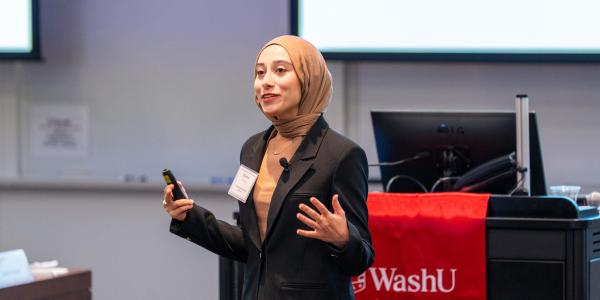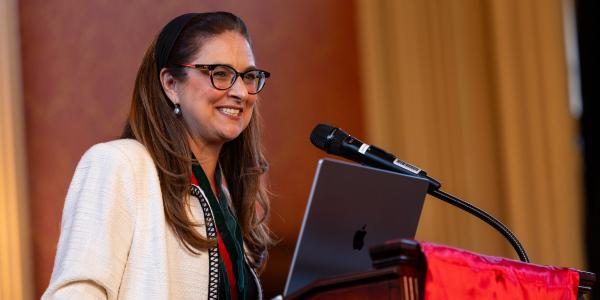Paul Steinbeck is associate professor in the Department of Music and author of “Message to Our Folks: The Art Ensemble of Chicago.”
In 1965, the musicians who lived and worked on Chicago’s South Side were in dire straits. Urban renewal policies were decimating small businesses, especially the theaters and nightclubs that had made the predominantly African-American South Side one of the country’s premier nightlife destinations. The intersection of 63rd Street and Cottage Grove Avenue, once home to more than a dozen nightclubs, was rapidly becoming a “musical ghost town.” And the South Side-based African-American musicians’ union, Local 208, which had provided work for thousands of performers since 1902, was being absorbed into the white-led Local 10 — a development that would further reduce employment opportunities for Black instrumentalists. Some African-American musicians responded by petitioning the union for access to the recording studio gigs and pit orchestra jobs ordinarily reserved for white performers from Chicago’s North Side. Meanwhile, a few bold South Siders adopted a different strategy, banding together to form a collective organization that they called the Association for the Advancement of Creative Musicians (AACM).

The old musicians’ union helped performers secure gigs in the commercial music industry, but the AACM had far greater ambitions. The musicians who founded the AACM came of age in the 1940s and 1950s, when jazz was the soundtrack of the South Side. However, by 1965, AACM artists were increasingly interested in becoming composers of experimental music, a form with roots in contemporary classical music. So the AACM tasked itself with developing a novel musical form that united jazz improvisation with experimental approaches to notation, conducting, instrumentation and technology. AACM members dubbed this new form “creative music,” a name that expressed their conviction that creating original works of music, whether by improvising or composing, was every musician’s birthright. Originality was central to the AACM’s conception of creative music, and AACM artists experimented relentlessly, constructing vibrant soundscapes that previous generations of musicians never imagined. The organization’s creative-music experiments were also highly collaborative. AACM members’ compositions were designed as platforms for improvisations by their collaborators. These improvisations, in turn, yielded musical ideas that could be refined into new compositions, in a perpetual rhythm of “collective creativity.”
The AACM received its nonprofit charter from the state of Illinois in August 1965. That same month, the organization produced its first series of creative-music concerts. This series was truly groundbreaking: Prior to 1965, few African-American musicians had the opportunity to present their work in a concert setting, and even fewer were able to shape the discourse around their music by giving it a name of their own choosing. By calling their work “creative music,” AACM artists hoped to distinguish it from both jazz and experimental music — an act of resistance against the racialized codes imposed by the music industry, which classified Black composers and improvisers as jazz musicians while excluding them from the white-dominated field of experimental music.
AACM members were determined to break down these barriers, although it would take some time before their innovations were accepted by the music industry. By the 1970s, many AACM members were touring internationally and recording for major labels, but their music was still categorized as jazz rather than a form of their own invention. Indeed, it was not until the 21st century that the pioneering work of the AACM’s founding generation received the recognition it deserved. In 2016, AACM composer Henry Threadgill’s suite In for a Penny, In for a Pound was awarded the Pulitzer Prize for Music, and three years later, Roscoe Mitchell performed at a series of jazz festivals with an experimental orchestra, featuring woodwinds, brass, percussion, singers, strings, electronics and a conductor. The AACM’s senior figures were moving freely between creative music, jazz and experimental music, now with the support of the music industry and the arts establishment.
At the same time, the sound of creative music continued to evolve, due to the advances of younger AACM members such as Nicole Mitchell, Matana Roberts, Tomeka Reid and Renée Baker, who joined the organization in the 1990s and 2000s. The AACM’s achievements made it the most significant Black collective in the history of jazz and experimental music, and its members’ commitment to reinvention ensured that creative music would remain in the vanguard for decades to come. In the words of AACM composer Wadada Leo Smith: “The contribution of the AACM to creative music is in evidence throughout the musical world.”
Headline image: “Galaxy quest” by Casey Horner via Unsplash





